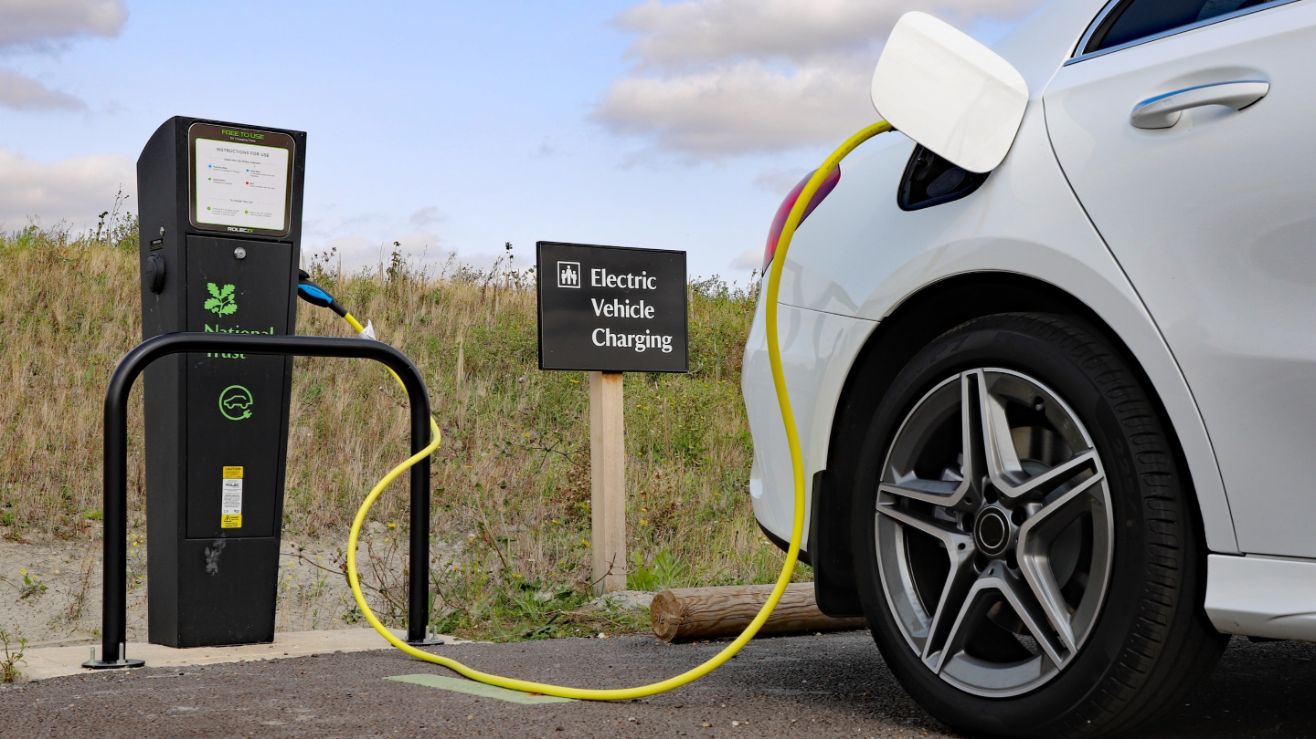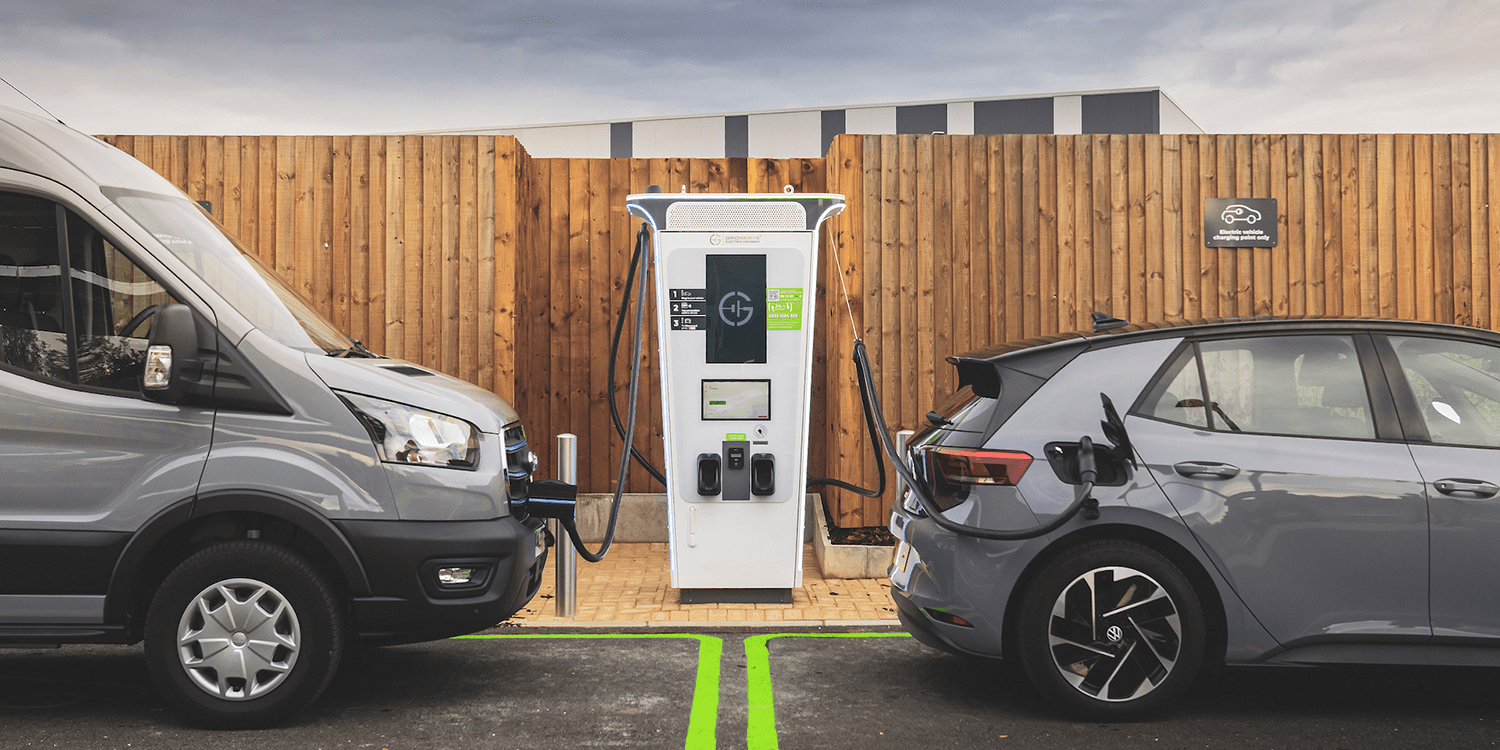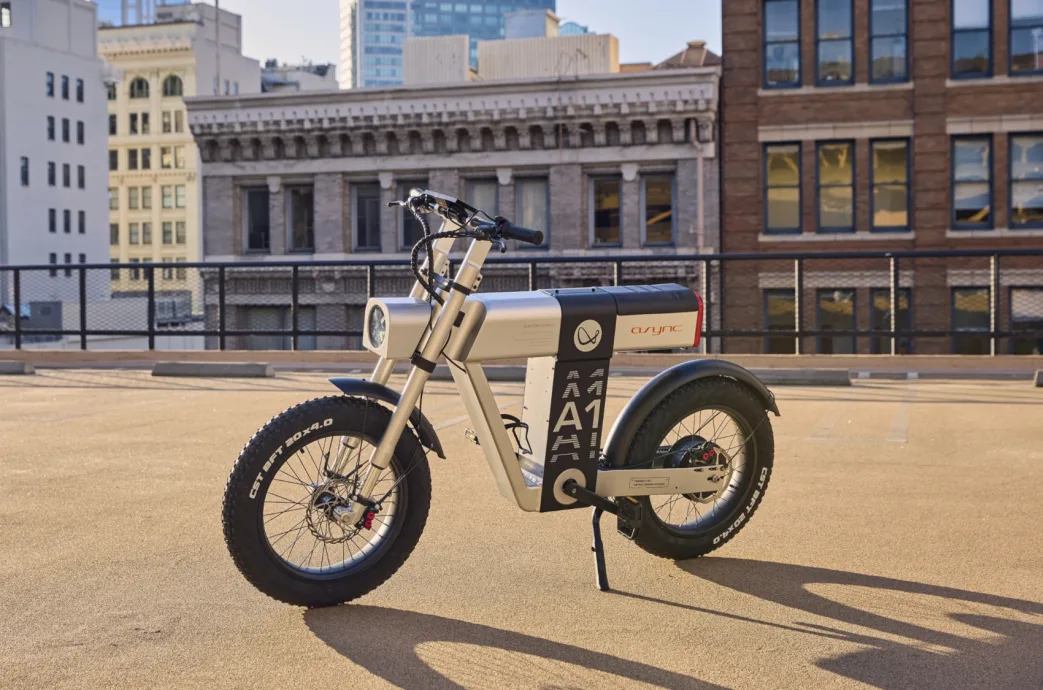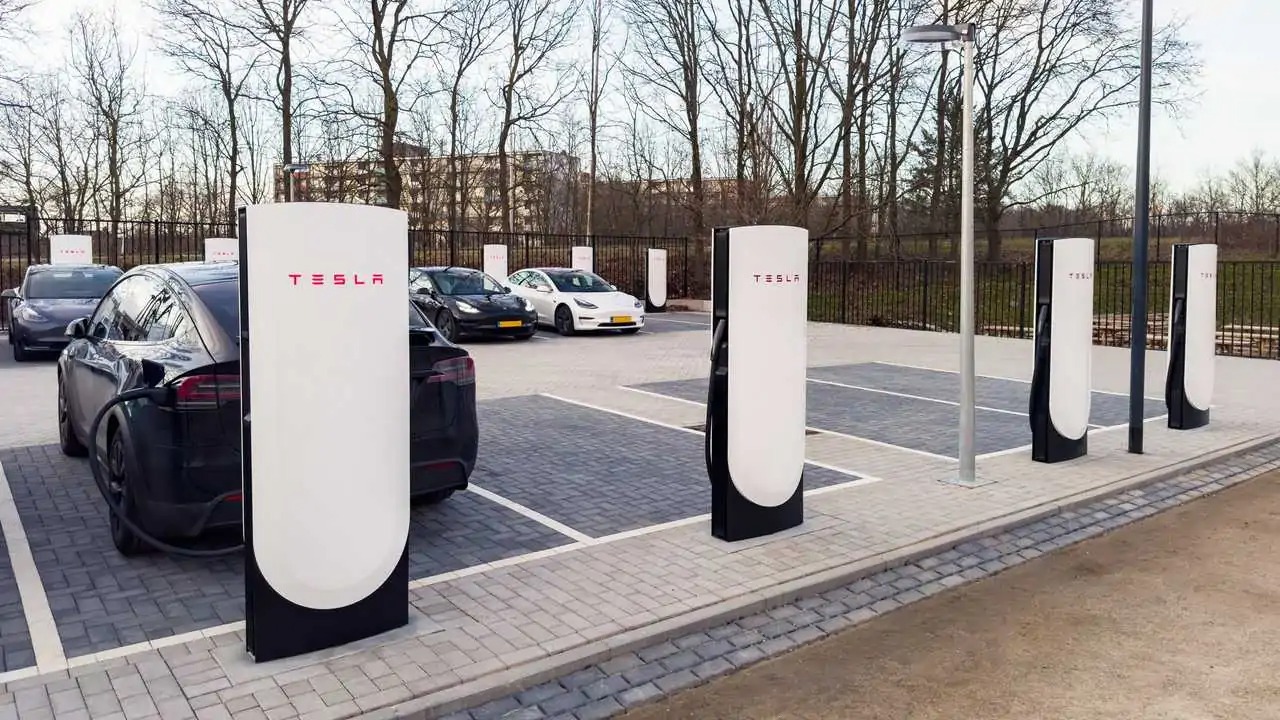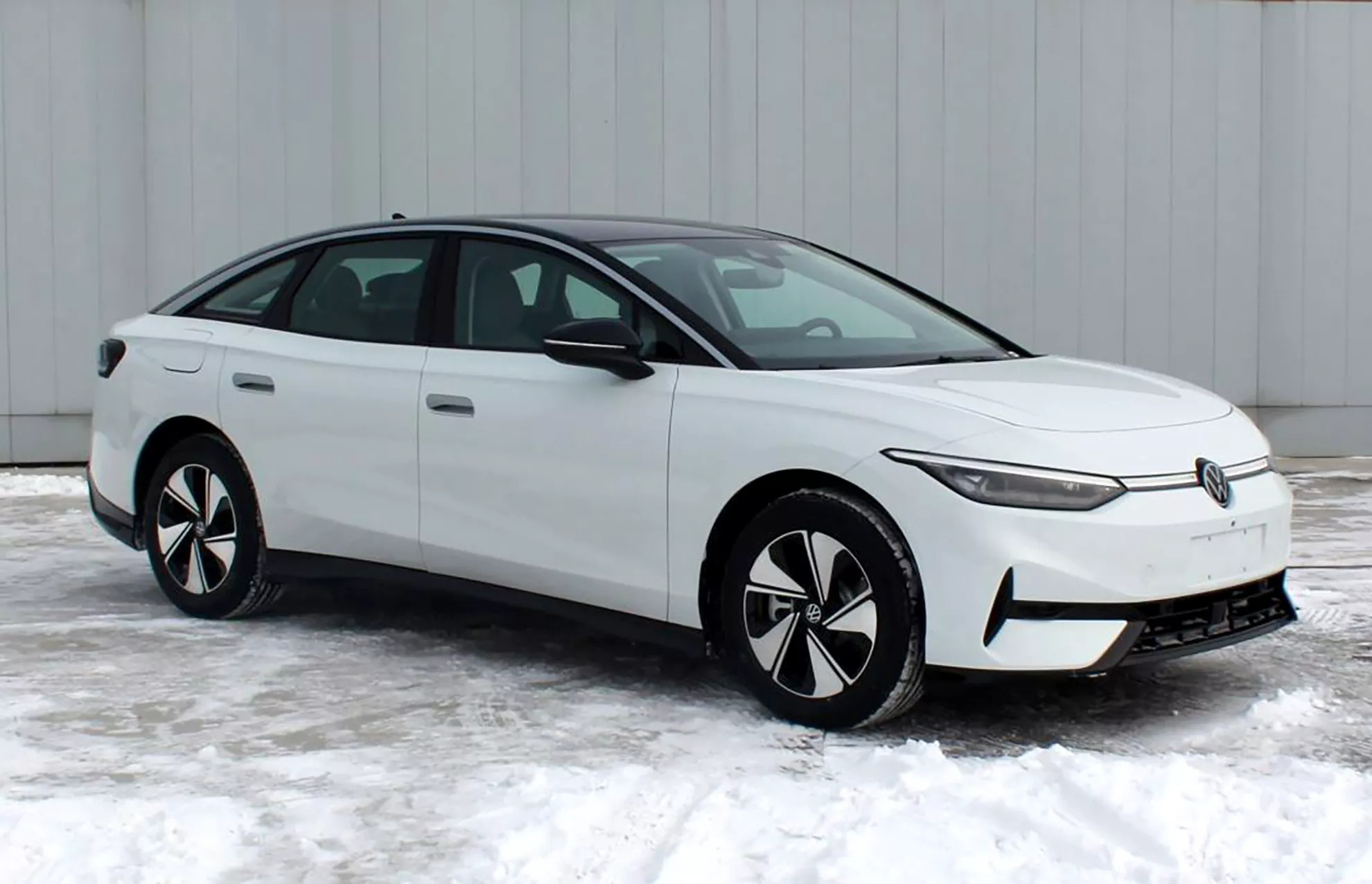The US Environmental Protection Agency (EPA) is set to unveil new sweeping regulations aimed at boosting the sales of electric vehicles (EVs) in the US. The announcement, expected on Wednesday in Washington, marks a significant step forward in the country’s efforts to reduce its greenhouse gas emissions.
In 2022, only 5.8% of vehicles sold in the US were EVs. However, the new EPA regulations would require automakers to adhere to a strict emissions limit for the total number of vehicles sold each year, ensuring that 54-60% of new vehicles sold would be EVs by 2030, and that percentage would jump up even further to 67% by 2032. This ambitious plan exceeds President Joe Biden’s previous target of 50% of sales being EVs by 2030 and could position the US as a global leader in the fight against climate change.
The proposed regulations would also unify regulations across the US, superseding those of individual states such as California, which has already banned the sale of new gasoline-powered cars from 2035. According to today’s report, even car makers “that chafe against regulations” say they’d rather deal with one federal set of rules than meet specifications from California (and possibly other states) that differ from the federal requirements.
While the EPA’s plan is a proposal and is subject to a public comment period, as well as potential legal challenges and future administration changes, it could significantly contribute to reducing the US’s greenhouse gas emissions. The EU has already introduced similar standards, while Canada and the UK have proposed comparable regulations.
However, the plan faces potential challenges, including a lack of charging infrastructure, which is severely lacking in the US. A recent report by S&P Global concluded that millions were needed to build a comprehensive charging network, but so far, the government’s 2021 infrastructure law only provided $7.5 billion to build a network of about 500,000.
In addition, the shift to EVs could result in job losses in the auto industry as fewer laborers are needed to build EVs than internal combustion engine vehicles. President Biden has attempted to present this shift as an opportunity for job creation in the “clean energy economy.” Still, the reality remains to be seen.
If enacted, the EPA’s proposed regulations would mark a significant step forward in the US’s efforts to combat climate change. The plan, however, faces challenges such as a lack of charging infrastructure and the potential for job losses in the auto industry. Despite these hurdles, the US could become a global leader in the fight against climate change, with a unified set of regulations that supersede individual state regulations.

